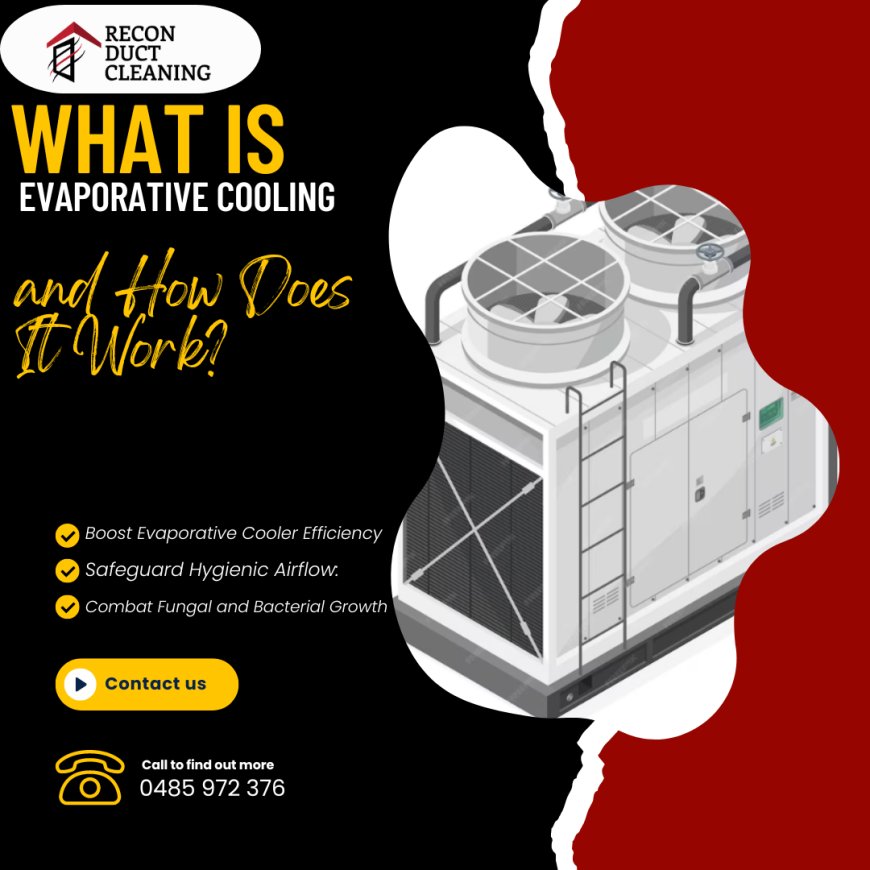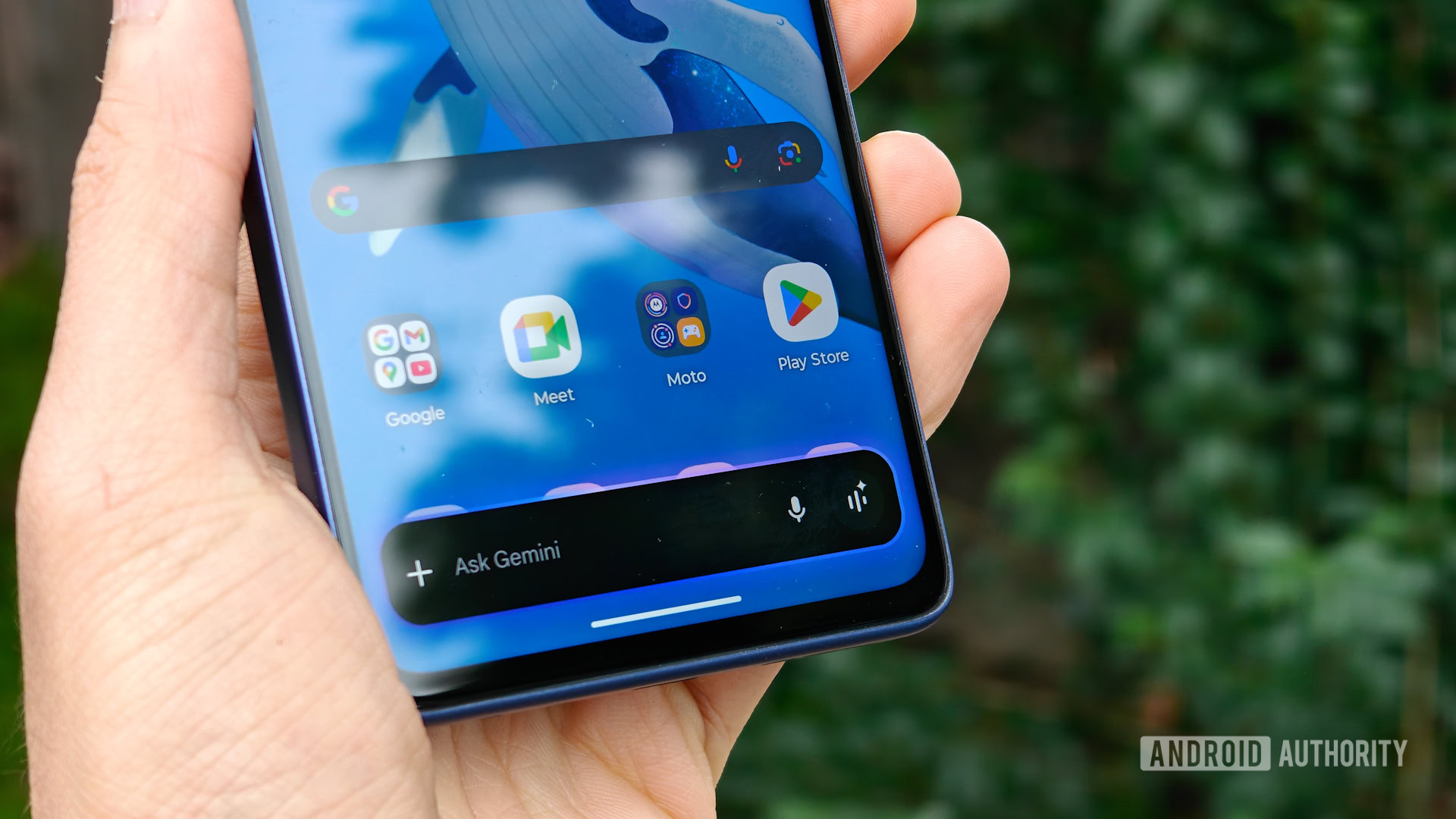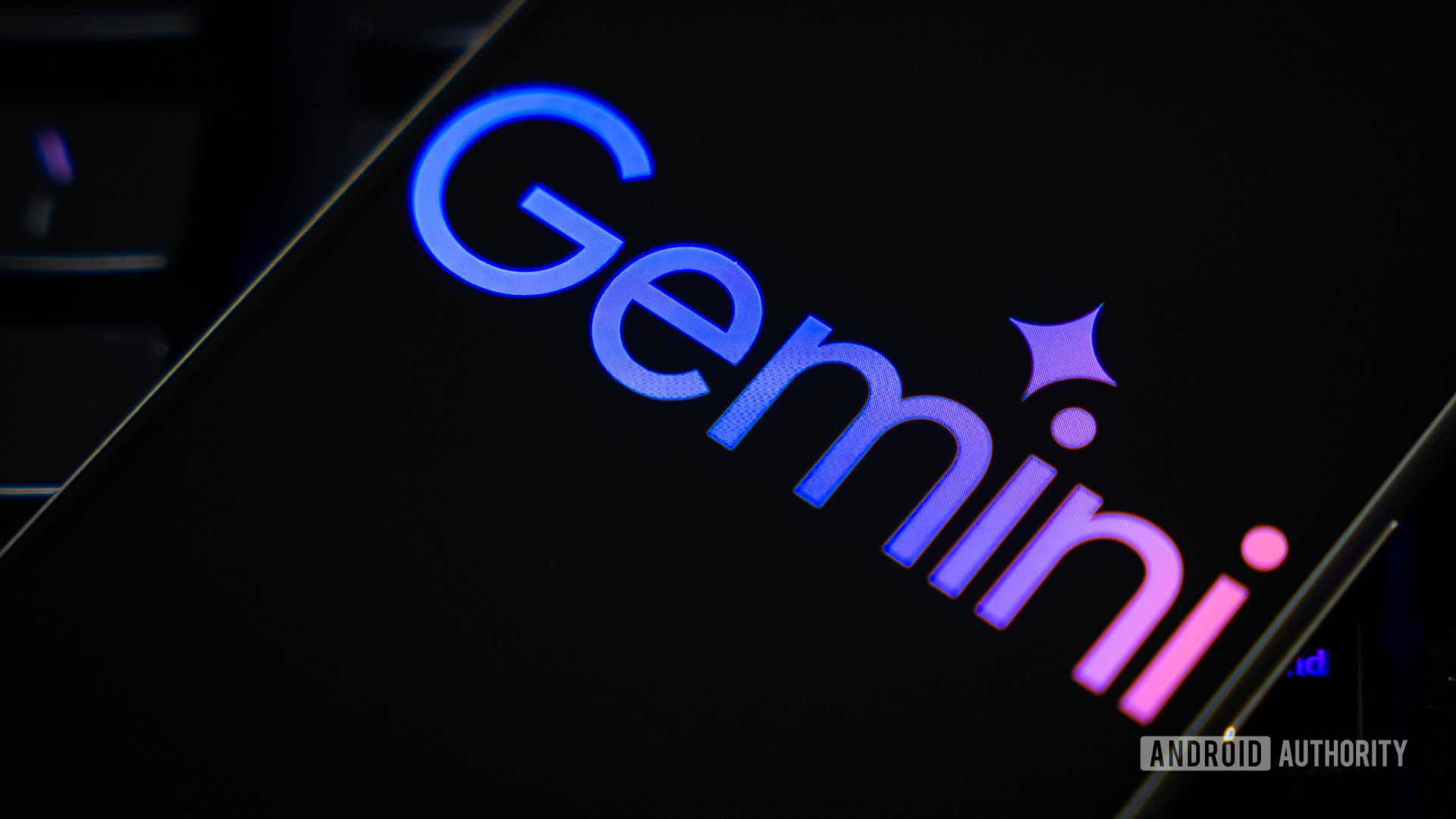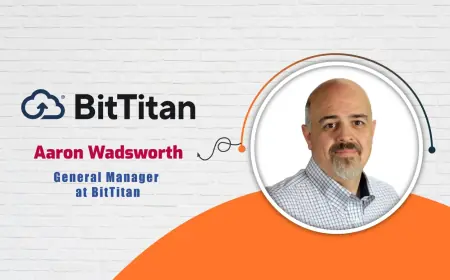What is Evaporative Cooling and How Does it Work?
Discover the eco-friendly and cost-effective solution to air conditioning with evaporative cooling. Learn how this natural process works, its benefits over traditional air conditioning, installation tips, maintenance requirements, and the positive impact on both the environment and your health.

What is Evaporative Cooling and How Does it Work?
Introduction
Evap cooling, or evaporative cooling, is a revolutionary approach to air conditioning that relies on the natural process of water evaporation to cool the air. This eco-friendly and cost-effective technology has gained traction as an alternative to traditional air conditioning methods. Let's dive into the basics of evap cooling and how it works.
What is Evaporative Cooling?
Evaporative cooling is a process that uses water evaporation to lower air temperature. It's a simple yet highly effective method that has been used for centuries, particularly in arid regions where humidity is low. The principle is straightforward: when water evaporates, it absorbs heat from the surrounding air, resulting in cooler air.
How Does Evaporative Cooling Work?
The Process
The process of evaporative cooling involves drawing warm air through water-saturated pads. As the air passes through these moistened pads, the water evaporates, extracting heat from the air and producing a cooling effect. This cooled air is then circulated throughout the space, providing a comfortable and energy-efficient cooling solution.
Comparison with Traditional Air Conditioning
Unlike traditional air conditioning systems that rely on refrigerants and compressors, evaporative cooling uses the natural process of evaporation without harmful chemicals. Traditional AC units cool air by removing heat using a refrigerant, which can be energy-intensive and environmentally damaging. In contrast, evaporative cooling is more energy-efficient and environmentally friendly.
Benefits of Evaporative Cooling
Energy Efficiency
Evaporative cooling systems use up to 75% less energy than conventional air conditioners, leading to significant savings on electricity bills and a reduced environmental impact.
Environmentally Friendly
With no harmful refrigerants and lower energy consumption, evaporative cooling is a greener alternative, contributing to a more sustainable and eco-friendly lifestyle.
Improved Air Quality
Evaporative cooling adds moisture to the air, preventing dryness and improving indoor air quality. This is particularly beneficial in arid climates where traditional air conditioning systems can contribute to dry skin and respiratory issues.
Evaporative Cooling vs. Traditional Air Conditioning
Key Differences
Evaporative cooling and traditional air conditioning differ in several key ways. Traditional AC units rely on refrigerants and compressors, while evaporative coolers use water evaporation. This fundamental difference makes evaporative cooling more energy-efficient and environmentally friendly.
Pros and Cons
Evaporative cooling systems are cost-effective, easy to maintain, and eco-friendly. However, they are best suited for dry climates and may not be as effective in humid conditions. Traditional AC units, on the other hand, can operate efficiently in various climates but come with higher energy costs and environmental concerns.
Installation of Evaporative Cooling Systems
Professional Assessment
Before installing an evaporative cooling system, it's advisable to have a professional assessment of your home. Certified technicians can evaluate your space, taking into account factors like square footage, ceiling height, and local climate conditions.
Strategic Unit Placement
Optimize your cooling system’s effectiveness by selecting a location with good airflow and minimal obstructions. Consider prevailing winds for enhanced air circulation.
Correct Ductwork Design
Plan your ductwork layout carefully for even distribution of cooled air, with well-sealed and insulated ducts to maintain consistent temperatures across different rooms.
Securing Water Supply
Use filtered or treated water to prevent mineral buildup. Regularly check and clean the water distribution system to sustain optimal performance.
Following Manufacturer Instructions
Adhere to the manufacturer’s guidelines for installation to ensure that you set up the evaporative cooling unit correctly, maximizing its efficiency and lifespan.
Thorough Electrical Wiring
Guarantee a safe and secure electrical connection by meticulous wiring. If needed, enlist the services of a professional electrician during installation.
System Testing and Calibration
Conduct comprehensive tests post-installation, checking for any abnormalities, leaks, or airflow issues to identify and address potential problems early on.
Regular Maintenance and Cleaning Requirements
Cleaning Cooling Pads
Regularly clean and replace cooling pads to maintain optimal efficiency and prevent the buildup of dust and debris.
Inspecting the Water Distribution System
Check and clean the water distribution system to ensure a consistent and clean water supply for the evaporative cooling unit.
Monitoring Water Quality
Maintain good water quality to prevent mineral deposits on internal components, enhancing the system’s overall performance.
Checking for Leaks
Conduct routine inspections for leaks in the ductwork or water supply, addressing any issues promptly to avoid potential damage.
Inspecting Duct Seals
Ensure ductwork seals are intact and well-maintained to prevent energy wastage and maintain the system’s efficiency.
Evaluating Fan Blades
Regularly inspect and clean fan blades to ensure smooth operation and prevent any obstructions that may affect airflow.
Monitoring Humidity Levels
Keep an eye on indoor humidity levels, adjusting the system as needed to strike a balance that ensures comfort without excessive moisture.
Tips for Optimal Performance
Seasonal Adjustments
Adjust the settings of your evaporative cooling system according to the season to maintain optimal performance and comfort.
Troubleshooting Common Issues
Learn how to troubleshoot common issues such as airflow problems, water supply interruptions, and unusual noises to keep your system running smoothly.
Evaporative Cooling in Different Climates
Ideal Climates for Evaporative Cooling
Evaporative cooling is most effective in dry, arid climates where humidity is low. This environment maximizes the cooling potential of the evaporation process.
Adaptations for Various Regions
In regions with higher humidity, additional measures such as increased ventilation and the use of dehumidifiers can help enhance the effectiveness of evaporative cooling systems.
Cost Considerations
Initial Installation Costs
The initial cost of installing an evaporative cooling system is typically lower than that of a traditional AC unit. However, it's essential to consider factors such as unit size and installation complexity.
Long-term Savings
The long-term savings on energy bills and maintenance costs make evaporative cooling an economically attractive option. Reduced energy consumption translates to lower utility bills over time.
Environmental Impact
Comparison with Other Cooling Methods
Evaporative cooling has a significantly lower environmental impact compared to traditional air conditioning systems. It uses less energy and doesn't rely on harmful refrigerants.
Contribution to Sustainability
By opting for evaporative cooling, you contribute to a more sustainable future by reducing your carbon footprint and promoting eco-friendly practices.
Health Benefits
Reduction of Allergens
Evaporative cooling systems can help reduce allergens in the air by adding moisture and filtering out dust and pollen.
Benefits for Respiratory Health
The added humidity from evaporative cooling can alleviate respiratory issues, making it a healthier choice for people with conditions like asthma and allergies.
Common Myths About Evaporative Cooling
Debunking Misconceptions
There are several myths surrounding evaporative cooling, such as it only being effective in deserts or that it makes the air too humid. These misconceptions can be debunked with factual information.
Facts vs. Fiction
Understanding the facts about evaporative cooling helps in making an informed decision about whether this cooling method is suitable for your needs.
Conclusion
Embracing the benefits of evaporative cooling offers a refreshing solution for energy-efficient and sustainable home climate control. With its eco-friendly approach, cost-effectiveness, and reliance on the natural process of water evaporation, evaporative cooling stands out as a viable alternative to traditional air conditioning methods. However, to ensure the continued effectiveness of your system, regular maintenance and prompt repairs are essential.
FAQs
1. How often should I clean my evaporative cooler?
Regular maintenance, including cleaning the cooling pads and water distribution system, should be done at least once a season or more frequently if needed.
2. Can evaporative cooling be used in humid climates?
While evaporative cooling is most effective in dry climates, it can still be used in humid areas with additional ventilation and dehumidification.
3. How long does an evaporative cooling system last?
With proper maintenance, an evaporative cooling system can last up to 15 years or more.
4. Is evaporative cooling safe for people with allergies?
Yes, evaporative cooling can improve indoor air quality by adding moisture and filtering out allergens like dust and pollen.
5. What are the energy savings compared to traditional AC?
Evaporative cooling systems can use up to 75% less energy than traditional air conditioners, leading to significant savings on electricity bills.
Source link: https://reconductmasters.com.au/blog/what-is-evaporative-cooling-and-how-does-it-work/
What's Your Reaction?
 Like
0
Like
0
 Dislike
0
Dislike
0
 Love
0
Love
0
 Funny
0
Funny
0
 Angry
0
Angry
0
 Sad
0
Sad
0
 Wow
0
Wow
0






















































